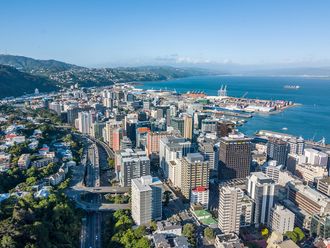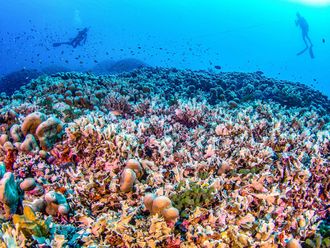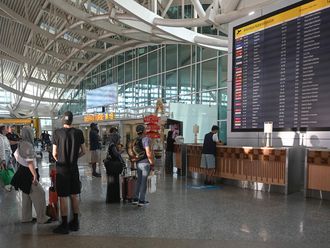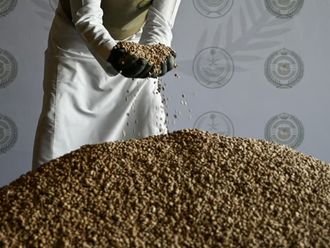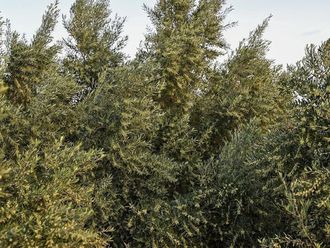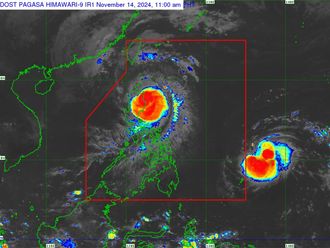Sydney: Researchers from Australia and Saudi Arabia launched a project on Thursday which they hope will help them understand the genetic makeup of corals and how they react to climate change.
Reefs around the world are under threat from bleaching due to climate change, as well as storms and predatory starfish, and scientists want to learn more about coral resilience to help head off further destruction.
To help achieve this, they have launched an international sequencing project, Sea-quence, backed by Anglo-Australian mining giant Rio Tinto, which will explore the genomes of 10 coral species.
It hopes to uncover core genetic data for Great Barrier Reef and Red Sea corals and use the information to help protect them from climate change.
“Climate change places coral reefs at risk through warmer water temperatures and more acidic oceans,” said Great Barrier Reef Foundation chairman John Schubert.
“Unfortunately our knowledge of coral resilience, their capacity to adapt and the circumstances under which they can adapt to climate change is limited.
“Through Sea-quence we can start to bridge this critical knowledge gap by generating data on a wide scale across the Great Barrier Reef and the Red Sea.”
Russell Reichelt, chairman of the Great Barrier Reef Marine Park Authority, said that presently only two coral species in the world have had their DNA sequenced.
“This research project will sequence the genomes of 10 coral species — providing five times the data currently available and identify which genes help corals adapt to climate change, and which species contain these genes,” he said.
Last month, a key study found that the Great Barrier Reef — the world’s largest — had lost more than half its coral cover in the past 27 years and warned it could halve again by 2022 if trends continued.
The study said cyclone intensities were increasing as the world’s oceans warmed and bleaching deaths would “almost certainly increase” as a result of climate changes.
Xabier Irigoyen, director of the Red Sea Research Centre at King Abdullah University of Science and Technology in Saudi Arabia, will be heading up the effort to sequence the Red Sea species.
“Red Sea corals live in extreme conditions compared to those on the Great Barrier Reef and comparative information between these will enhance our understanding of how and why some corals are more resilient,” he said.


